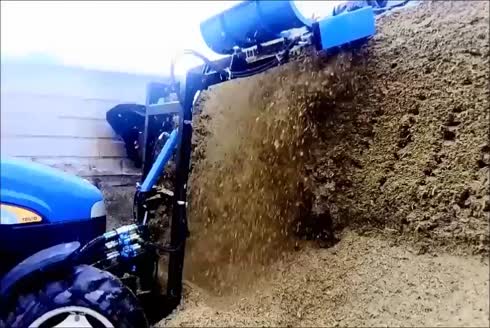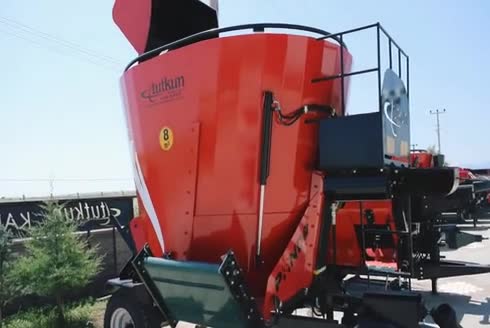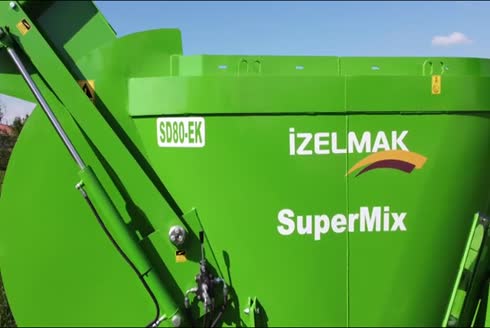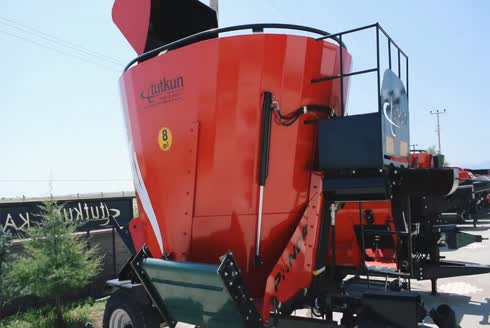Telescopic Loader Front Silage Cutting
Telescopic Loader Front Silage Cutting
Telescopic loaders equipped with front silage cutting attachments are indispensable tools in modern agriculture, designed to handle the preparation and management of silage with exceptional efficiency. These machines are ideal for cutting, lifting, and transporting silage in a seamless and precise manner, ensuring that feed preparation and storage are optimized. Their telescopic arms provide extended reach and flexibility, making them a perfect choice for handling large volumes of silage in diverse farming environments.
The front silage cutting equipment attached to telescopic loaders is engineered to deliver clean and uniform cuts, which are crucial for maintaining the nutritional quality of the feed. By minimizing wastage and preserving the structural integrity of silage stacks, these machines contribute to the long-term preservation of feed and reduce the risk of spoilage. The precise cutting action also ensures that silage is packed more efficiently, allowing farmers to maximize their storage space while maintaining the highest feed quality for their livestock.
One of the standout features of telescopic loaders is their ability to adapt to various operational needs, from reaching high silage stacks to operating in confined spaces. Their robust construction and advanced hydraulic systems enable them to handle heavy loads and tough conditions with ease. These machines are not only powerful but also user-friendly, offering intuitive controls and requiring minimal maintenance, making them an essential asset for both small-scale farms and large agricultural enterprises.
The use of telescopic loader front silage cutting equipment significantly reduces labor and time while increasing operational efficiency. With their versatility, durability, and innovative design, these machines provide a comprehensive solution for silage cutting and management. They help farmers streamline their processes, enhance feed quality, and ensure sustainable farming practices.


















